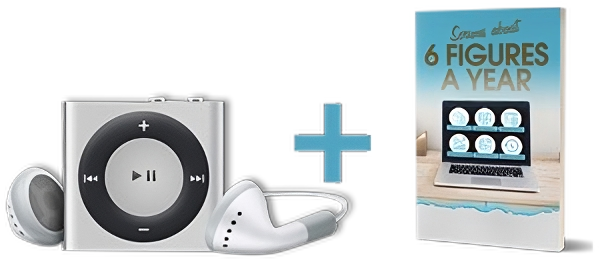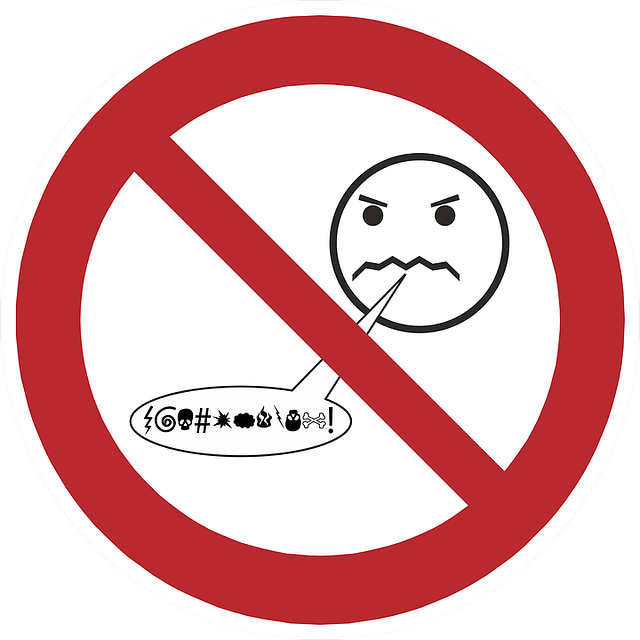5.5 Success-Crushing ChatBot Mistakes
Conversational marketing via chatbot is a powerful way to move your buyers through the sales funnel. Answering questions on the spot and building stronger relationships with them can only increase sales, if done correctly.
Chatbots interact with users when they visit your site, enhancing their experience and reducing your load of customer service emails.
You can use chatbots to complete any number of specific business tasks, such as making appointments, acting as a live question and answer, directing visitors to the right product or page and so forth.
And because chatbots are available 24/7, your customers can get the answers they seek in real time, without having to wait.
This is especially important in sales, since any delay can result in the prospect going cold on your product and not purchasing.
However, there is a learning curve to setting up chatbots. Here are 5.5 common chatbot mistakes, and how to avoid them.
1: Not Understanding Your Target Group
The way a chatbot communicates is a representation of the company it ‘works’ for.
But it also needs to communicate in terms your target audience will appreciate.
For example, the way you speak to a 20 year old musician is going to be different than if you were communicating with a 40 year old architect.
It’s key to address your audience in the right way to get the results you seek. Study your target group and understand their expectations.
And remember that a chatbot is meant to be a quick customer solution. If you have long conversations, the user might lose interest and avoid interaction completely.
That’s why it’s best to keep the interactions simple, fast and focused. Conversational dead ends are frustrating for your customers and often lead to an interaction being dropped.
The more clarity your chatbot can provide, the easier customers can get the help they’re looking for.
2: Being too Pushy
Once customers start to interact with the chatbot, you might think it’s best to keep the conversation flowing.
But what will you do once the user stops interacting with the bot?
Depending on the bot’s job, you might be tempted to have it continue to send messages, but not every user will take it well.
That’s why it’s best to have your bot only respond to your customer, and not keep reaching out once the customer has stopped talking to the bot.
Anything else can be perceived as being either too pushy, or simply downright annoying.
3: Bland Personality
When you’re developing your chatbot, you might be tempted to go the safe route and keep your chatbot as generic and even formal as possible.
And while this may seem like a good practice in theory, it doesn’t work well in reality. In any type of conversational marketing, you want the effect to be as real as possible. Ideally, your customer will think they are chatting with a real person, but short of that, they should at least feel like the bot has a personality of its own.
If your own style has a distinctive personality, or the style of your website, then stay consistent with that personality. If not, it’s time you develop a personality for all of your marketing to stand apart from the crowd of generic marketing messages.
Try combining different characteristics and see what works well in building your bots personality, so that people can relate to it and enjoy the experience of communicating with your bot.
4: Forgetting to Conduct Tests
Because the chatbot tends to use the latest technology, some marketers assume that they don’t have to test it. And because it uses natural language processing (NLP) and artificial intelligence (AI), it might seem as though it can handle any situation.
But there are numerous variables when it comes to interacting with real people. As a result, things can go wrong. And if users have a bad experience, they won’t think about using it again.
That’s why you always want to test the bot several times to see how it performs. Get a beta group to interact with the chatbot and provide you with the feedback on their experiences, as well as viewing the logs of how your bot responded to their queries.
With this information, you can minimize the number of errors it makes, and even improve upon the service it gives your users.
5: Not Offering a Way Out
A common chatbot mistake is to forget to give the customer a way out of the current line of conversation.
Let’s say your bot faces a question which it doesn’t have the answer to. This is an impasse, and if you haven’t provided a way to deal with the impasse, your chatbot is going to loop and ask the user to rephrase the question or be more specific – possibly over and over again.
This is hugely frustrating for the customer.
That’s why you always want to make sure that if the chatbot doesn’t understand, it either lets users know they can restart the conversation or provides a clear path back to the main menu.
And if it’s an option, you can also ask the customer if he/she wants to talk to a live agent.
5.5: Building the World’s Biggest Chatbot
New chatbot builders tend to make their chatbots huge, covering every imaginable tangible they can think of.
But the bigger the flow, the more problems you’re going to have.
While you do want a chatbot that covers a lot of what people might potentially ask, you also don’t want to place all of these potential questions and answers in one giant flow.
Instead, create a separate flow for each section, and then link the flows together. Then each section can be triggered by a keyword.
For example, let’s say you have a chatbot to help people buy dog food. The first flow might be to welcome them to the site and ask which topic they want more information on: Dog foods by age, dog foods by the weight of the dog, special diet dog foods, and organic dog foods. If the person is interested in organic dog foods, this triggers the organic dog food flow.
You can think of all these small flows as sections or chapters. And by having many small flows – one per topic – rather than one GIANT flow, you’ll avoid a lot of headaches trying to get your chatbot to run smoothly and provide the answers people seek.
What’s the key takeaway?
Put your chatbot through rigorous testing to make sure it provides a smooth user experience nearly every time, while still serving its purpose.
Claim Your Free MP3 And PDF Training: The 3-Part Plan To Topping $100,000 Per Year In Profit
Enter your name and email address below to receive a new lesson delivered to your inbox once a week. Your first lesson will be delivered immediately.

Privacy Policy : We value your privacy. You can unsubscribe from receiving future emails with 1 click at any time.

















